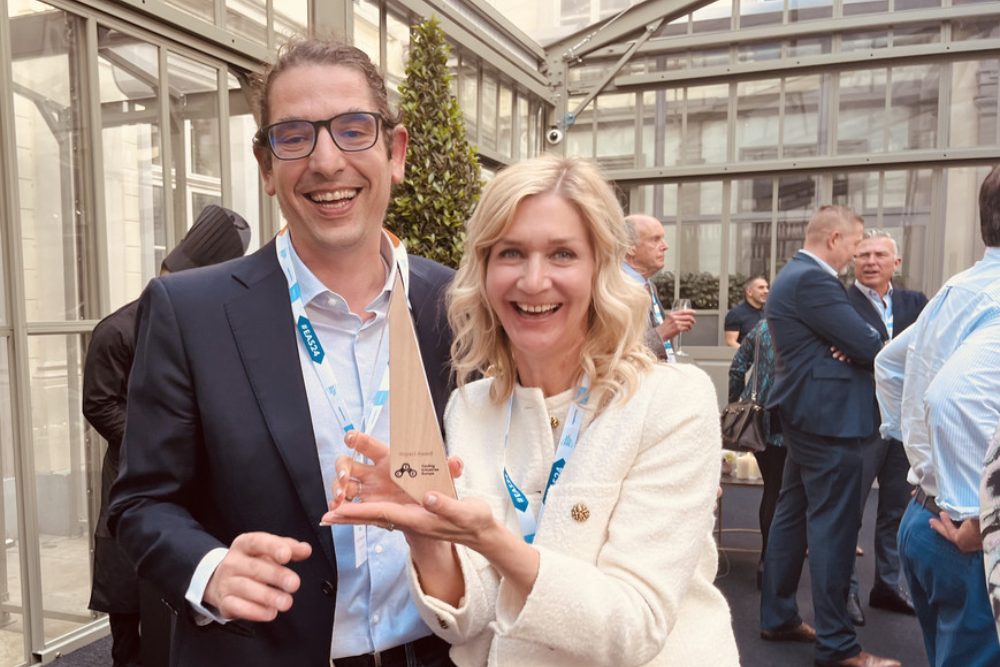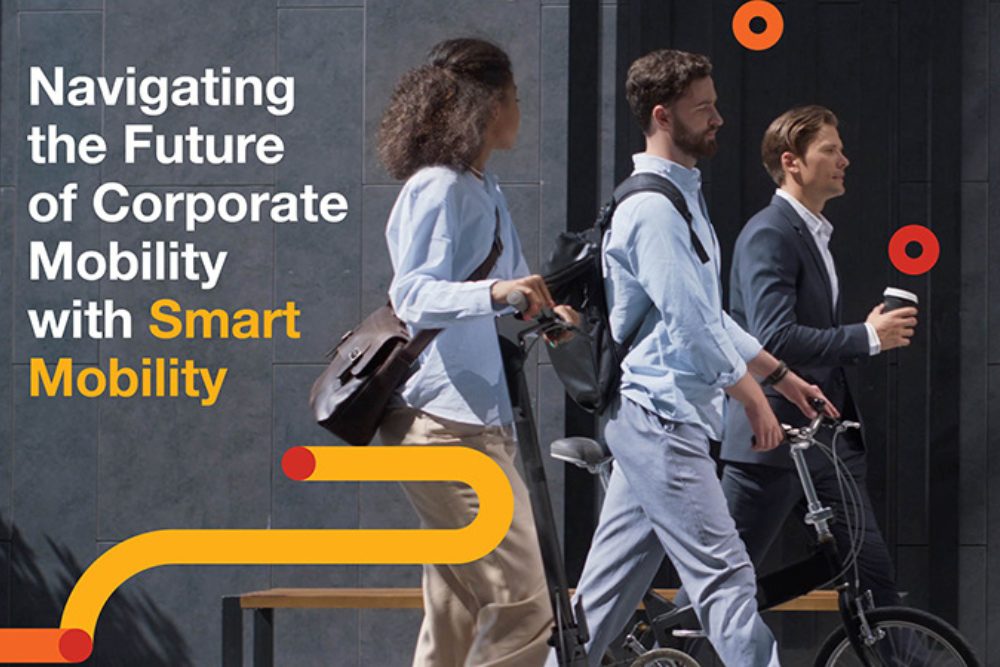
In this paper published in Transport Reviews, the authors explore the characteristics of the second generation of MaaS, which it is defined as Mobility as a Feature (MaaF). The main idea of the paper focuses on the vision according to which recognising that transport and travel are derived demand constructs, mobility offers should be seen as an input into a larger activity-based paradigm of service delivery. This service-delivery-paradigm offers a wide range of non-transport mobility services that are essential to customers: according to the authors, it is in this service delivery setting that transport integration might flourish.
MaaF moves away from a dominating multi-modal perspective to a multi-service perspective. The paper suggests that MaaF in terms of an appealing business case, and even commercial success, should be driven by organisations who do not have a direct vested interest in transport supply ownership, but who have an extensive customer base to enable them to focus on the delivery of a broad-based fully integrated activity solution that inputs a range of appropriate transport solutions.
The paper explores the role of incentives and payments in consideration of the fact that MaaS has typically relied on financial incentives, funded from trials or venture capital, and has obtained very limited scale of the uptake. Moreover, it is noted that government commitment in subsidising MaaS beyond what is already done for regular public transport has been rare to-date. One the chapters also deals with private cars and how MaaF can integrate sustainable option with reference to them.
To quote from the paper “MaaF directly focusses on where the greatest potential gains are in achieving scalability and societal sustainability goals, reducing the risk and increasing the ability to achieve an outcome that aligns with a business case that is both profitable, contributes to the social licence as well as delivers sustainable outcomes aligned with social development goals (SDGs).
The focus of the 1st generation MaaS on non-private car multi-modal offerings has generally failed to impact where it aspires to do so. The old adage ‘to make public transport more attractive we have to make the private car less attractive’ still holds and is the reason why we suggest MaaS has not delivered on its aspirations. MaaF may offer a new and rewarding perspective.”
Read the full article here.



